How to Clean Your Shotgun
There’s nothing like the feeling of a shotgun in your hands, blasting away at your target. But before you can enjoy that satisfaction, you need to clean your shotgun properly. This guide will show you how to clean your shotgun quickly and easily, so you can get back to the range. Cleaning your shotgun is essential for making sure it functions properly and safely. Follow these steps to get the job done right.
How many types of shotguns are there?
Break Action
There are many types of shotguns. First, there are the break action shotguns. This makes use of two barrels that can be brought together with a hinge at certain points to form one firearm. As soon as the shot has been fired, the shooter can immediately reload another shot. It does not need to be pumped and can fire two shots in a short period of time. This type is usually used by sport shooters, but it can also be used for home defense because of its reliability and speed when firing multiple shots. There are two types which are the over-under shotgun (sometimes just a single barrel) and side by side shotgun.
Break action shotguns were first introduced in the mid-1800s. In the US they are most often used for sports shooting.
However, in Europe with its stricter gun laws break action shotguns are very popular among hunters. As a matter of fact, we had double barrel break action 12 gauge shotguns for training and qualifying for our German hunting license. I like their reliability and simplicity for shooting. We had to hit the running rabbit target 8 out of 10 times to pass and we could use both shots on each target.
Single Barrel shotgun: This is how most people think of a shotgun and how it is used in movies. This is where one shell is loaded at a time and has to be reloaded after each shot.
Double barrel shotgun: This is how double guns, such as the Browning Double Automatic, look like and how they are used in movies. These shoot two shots before having to be reloaded as they have two barrels side by side.
Pump Action
Another type is the pump action shotgun. The shotgun is pumped back and forth to eject a spent shell while another shell is loaded into the chamber for firing. It also recocks the weapon which reduces the chances of misfire in case one has an accidental discharge when loading shells into the weapon. There are three different types of pump action shotguns which are the Remington 870, Mossberg 500 or 590, and Winchester SXP Defender.
These are the shotguns you will see most often in movies, as the actor will pump the shotgun with one hand on his way to defeat his enemy.
I remember going rabbit hunting with a friend with a pump action shotgun. He fired at the rabbit so fast that it sounded like a semi-automatic. But, to his dismay, he stilled missed the rascally rabbit.
Semi-automatic
Lastly, there are the semi-automatic shotguns. They use the recoil from a previous shot to automatically load another shell into the chamber so that another shot can be fired with just one pull of the trigger. It operates on gas or recoil operation and it does not need to be manually operated with every shot fired. There is only one type which is the automatic shotgun.
These are most likely used in skeet shooting with multi target clay targets.
Anytime you are handling any type of weapon, you must think safety first! We will look at how to make each of these shotguns safe before cleaning. Here is a page on 4 Basic Firearm Safety Rules (actually we list 10!). This is good for those without experience as a guide and those with experience as a reminder.
One other key ingredient that you will need before you start to clean your shotgun(s). A good or maybe one of the Best Universal Gun Cleaning Kits that you can order online. Or, if you like you can take a look at what gun store has to offer in the line of gun cleaning, for example Real Avid. Kind of hard to clean your shotgun without all the right tools and equipment, right!
How to Clean Your Shotgun
How to Clean Your Break Action Shotgun
- Safety First – this is the easiest shotgun to determine if it is loaded or not. Push the release lever and the action should open. You can now look down the barrel from the chamber side and see if anything is in the barrel. To close the action, lift the stock upward and it should lock (click) back in place.
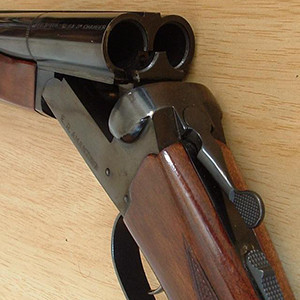
- Disassembly – the break action shotgun can be broken down into three major components: fore-end, barrel and action. Generally, the fore-end comes off using the fore-end catch. Remove it from the barrel(s) and action and set it aside. Use the top lever to remove the barrel(s) from the action and put it aside. Check your manufacturer’s manual for specific instructions and diagrams for your shotgun(s).
- Barrel
- Now that you have attached the brass brush to the rod, it is time to clean out your shotgun. First, put some cleaning solvent on the brass brush. Next, point the muzzle of the gun downwards. Take one hand and hold onto the rod. The other hand should be holding onto the barrel. From where you are standing, put your rod in each barrel and push it through until you get to the end of the barrel. Then pull the rod back up towards you while pushing the barrel back down again about ten times for each barrel.
- Replace the brass brush with an appropriate sized cotton mop. Place a clean patch on top of the barrel and push the cotton mop with the rod down the barrel. Remove the patch from the other end of the barrel. We don’t want to bring the dirty patch back through the barrel. Do this repeatedly 3 or 4 times to clean out the barrel with a clean cotton patch.
- Receiver – Take a minute to clean out any bits of debris, powder residue, old oil, and anything else that might have gotten inside your gun. A nylon brush and Q-tips are probably the best thing to use for this.
- Stock – Once you are done wiping down your shotgun, use a wax-treated cloth to polish it. It will help protect and make it shine. Make sure you also wipe down any wooden parts on your shotgun.
- Trigger Assembly – Now clean inside the trigger assembly (or wherever you can reach). This includes any working parts and remove the debris. You do not need to disassemble the trigger assembly unless you want to or if it was making your shotgun malfunction and needed to be taken apart to fix it. Before disassembling it any further, refer to the manufacturer’s manual.
- Choketube
- Clean the choke tube. You will need to disassemble the choke tube if you want to truly clean it as you do not want gunk inside making your shotgun malfunction.
- Remove the screw-in choke tube, and use a brass brush on the threads—both on the tube and in the barrel—to clean it.
- Then grease the tube and put it back in. This is very important. If you skip this step, you might have a tube stuck so tightly in the barrel that you can’t get it out. An ounce of prevention is worth a pound of cure. The worst case scenario, you’ll have to go to a gunsmith to get it out and be short of a choketube and some cash for taking it out. Plus, the time your shotgun is unavailable.
- Lubrication – apply a light coat of grease to the sides of the receiver where the barrels lock in.
How to Clean Your Pump Action Shotgun
- Safety First
- Point the shotgun in a safe direction.
- Put the safety in the on position. Keep away from the trigger area during this time.
- Press the action release and slide the forestock to the rear, opening the action. This should eject any shell in the chamber. If the shells cannot be removed any other way, cycle the remaining shells through the chamber by “pumping” the shotgun.
- Leave the action open.
- Inspect the chamber to ensure there is nothing in it.
- Inspect the feeding path for any objects.
- Refer to your manufacturer’s manual for safely unloading your shotgun(s).
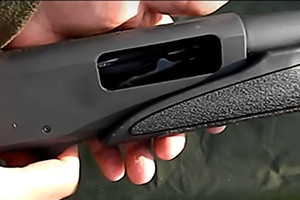
- Disassembly – the pump action shotgun can be broken down into three major components: pump, barrel and action. The first thing to do is to remove the lug on the underside of the barrel. Set that aside, and then locate the pump release button, this is usually near the trigger. Press the button to release the pump and move the pump to about halfway up the slide. This will allow you to gently remove the barrel and set it aside. Check your manufacturer’s manual for specific instructions and diagrams for your specific shotgun(s).
- Barrel
- Take your bore snake or cleaning bristles and spray it with cleaning solvent. Push it in the same direction a bullet would travel (receiver to muzzle). Do this two or three times to make sure all the debris and carbon is cleaned out.
- Next, use an appropriate sized cotton mop. Place a clean patch on top of the barrel and push the cotton mop with the rod down the barrel. Remove the patch from the other end of the barrel. We don’t want to bring the dirty patch back through the barrel. Do this repeatedly 3 or 4 times to clean out the barrel with a clean cotton patch.
- Receiver – Take a minute to clean out any bits of debris, powder residue, old oil, and anything else that might have gotten inside your gun. A nylon brush and Q-tips are probably the best thing to use for this.
- Stock – Once you are done wiping down your shotgun, use a wax-treated cloth to polish it. It will help protect and make it shine. Make sure you also wipe down any wooden parts on your shotgun.
- Trigger Assembly – Now clean inside the trigger assembly (or wherever you can reach). This includes any working parts and remove the debris. You do not need to disassemble the trigger assembly unless you want to or if it was making your shotgun malfunction and needed to be taken apart to fix it. Before disassembling it any further, refer to the manufacturer’s manual.
- Choketube – Clean the choke tube. You will need to disassemble the choke tube if you want to truly clean it as you do not want gunk inside making your shotgun malfunction. Remove the screw-in choke tube, and use a brass brush on the threads—both on the tube and in the barrel—to clean it. Then grease the tube and put it back in.
- Lubrication – Do not apply too much oil. Apply a light coat with a microfiber cloth. You can also use cotton swabs to apply oil on the channels of your receiver to make it move more smoothly and not wear down as quickly.
How to Clean Your Semi-automatic Shotgun
- Safety First
- Keep the shotgun pointed in a safe direction while making sure the gun is unloaded and the chamber is empty.
- Engage the safety. Keeping away from the trigger, open the action by pulling the bolt to the rear and let it go forward to cycle the action.
- Repeat this step until there are no more rounds in the shotgun.
- You may also be able to remove the shells from the magazine tube, check your manufacturer’s manual for details.
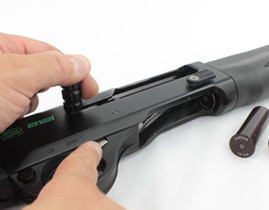
- Disassembly – depends on the shotgun but usually consists of the barrel, gas system parts, bolt and link, and trigger group.
- Barrel
- Take your bore snake or cleaning bristles and spray it with cleaning solvent. Push it in the same direction a bullet would travel (receiver to muzzle). Do this two or three times to make sure all the debris and carbon is cleaned out.
- Next, use an appropriate sized cotton mop. Place a clean patch on top of the barrel and push the cotton mop with the rod down the barrel. Remove the patch from the other end of the barrel. We don’t want to bring the dirty patch back through the barrel. Do this repeatedly 3 or 4 times to clean out the barrel with a clean cotton patch.
- Magazine Tube – Inspect the magazine tube. If it’s not dirty, run the bore snake through it. The magazine tube is often forgotten, if you’ve loaded rounds that hit the ground, it will collect that dirt and feed it into your system.
- Receiver – Take some time to clean out any bits of debris, powder residue, old oil, and anything else that might have gotten inside your gun. A nylon brush and Q-tips are probably the best thing to use for this.
- Stock – Once you are done wiping down your shotgun, use a wax-treated cloth to polish it. It will help protect and make it shine. Make sure you also wipe down any wooden parts on your shotgun.
- Trigger Assembly – Now clean inside the trigger assembly (or wherever you can reach). This includes any working parts and remove the debris. You do not need to disassemble the trigger assembly unless you want to or if it was making your shotgun malfunction and needed to be taken apart to fix it. Before disassembling it any further, refer to the manufacturer’s manual.
- Choketube – Clean the choke tube. You will need to disassemble the choke tube if you want to truly clean it as you do not want gunk inside making your shotgun malfunction. Remove the screw-in choke tube, and use a brass brush on the threads—both on the tube and in the barrel—to clean it. Then grease the tube and put it back in.
- Lubrication – Do not apply too much oil. Apply a light coat with a microfiber cloth. You can also use cotton swabs to apply oil on the channels of your receiver to make it move more smoothly and not wear down as quickly.
Storing Your Shotgun Properly
Once you have finished with the cleaning and have reassembled your shotgun, you should test it. Point it in a safe direction and check to ensure it is unloaded. Depending on the shotgun, go through the motions of dry firing and cycling the imaginary rounds. This is the best time to find out if you’ve assembled it incorrectly for proper operation. You don’t want to be looking for a spring or trying to figure out why it is not working several months later, just before you need it.
The best place to store your shotgun is in a gun safe that only you and other trained and authorized users in the house have access. If you store it in a soft or hard gun case for several months you may find a rusty weapon when you open them back up.
Remember to wipe down and wash your hands after cleaning the shotgun. Wipe down any work surfaces after firearm cleaning to remove lead and other heavy metal residues, as well.
Conclusion
There are several types of shotguns, and they can be used for a variety of purposes. The type you choose will depend on how often you plan to use it, what kind of game you want to hunt with it, or if the gun is intended for self-defense. Regardless of which one you own, there’s no excuse not to keep your shotgun clean! If this article has piqued your interest in guns but don’t know where to start looking for answers about cleaning them out– let us help! We offer all kinds of resources related to firearms so that even novice shooters like yourself can feel confident using their weapon. What should I do first when my gun needs cleaning? How often should I clean my firearm?
If you’re looking for an easy way to clean your shotgun without having to worry about ruining your firearm with improper technique, we recommend picking up a quality gun cleaning kit from Amazon Prime Now! The kits come in all shapes and sizes so that no matter what type of shotgun you have or how often you shoot, there is something out right now just waiting for you to buy it. Here is our page on the Best Universal Gun Cleaning Kits for more information and choices to make an informed decision on what to buy.
We want all our readers to be safe while handling firearms so make sure to read this article on best practices for safety.
Have any tips about properly caring for your own shotgun? Share with us below!
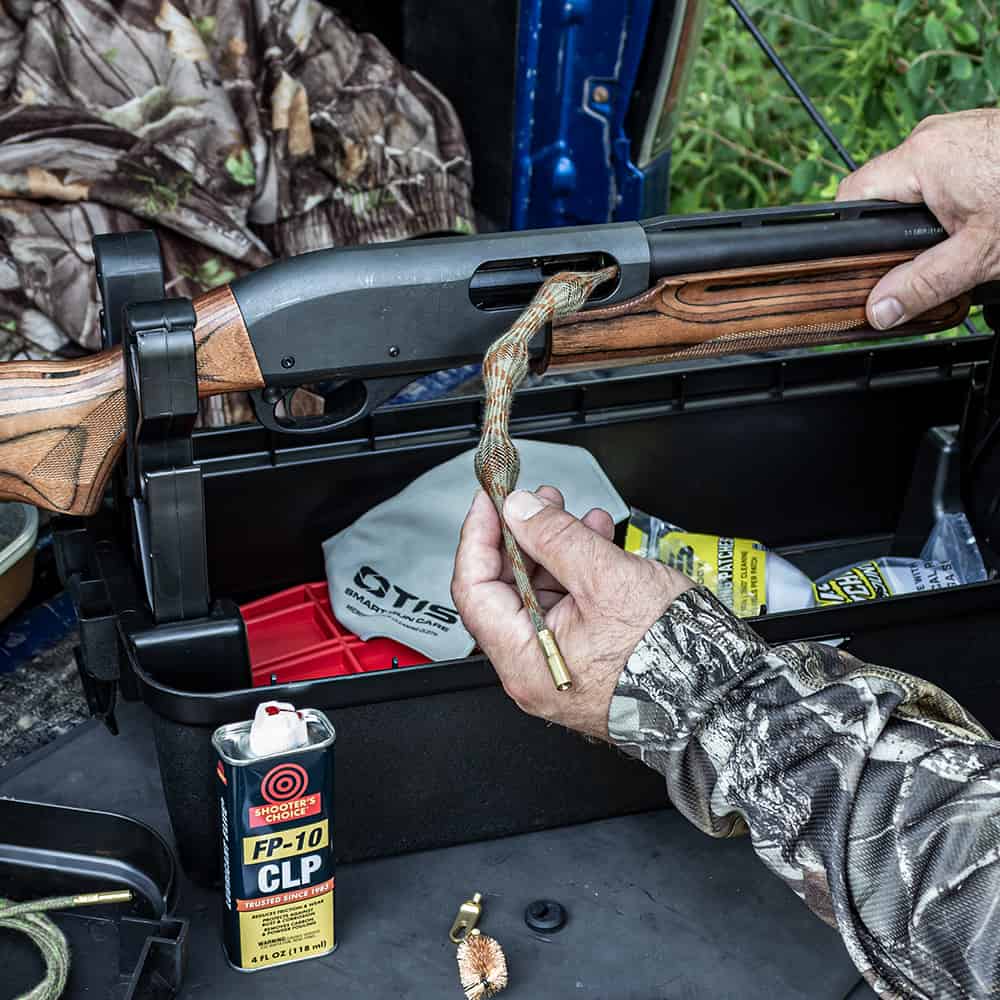
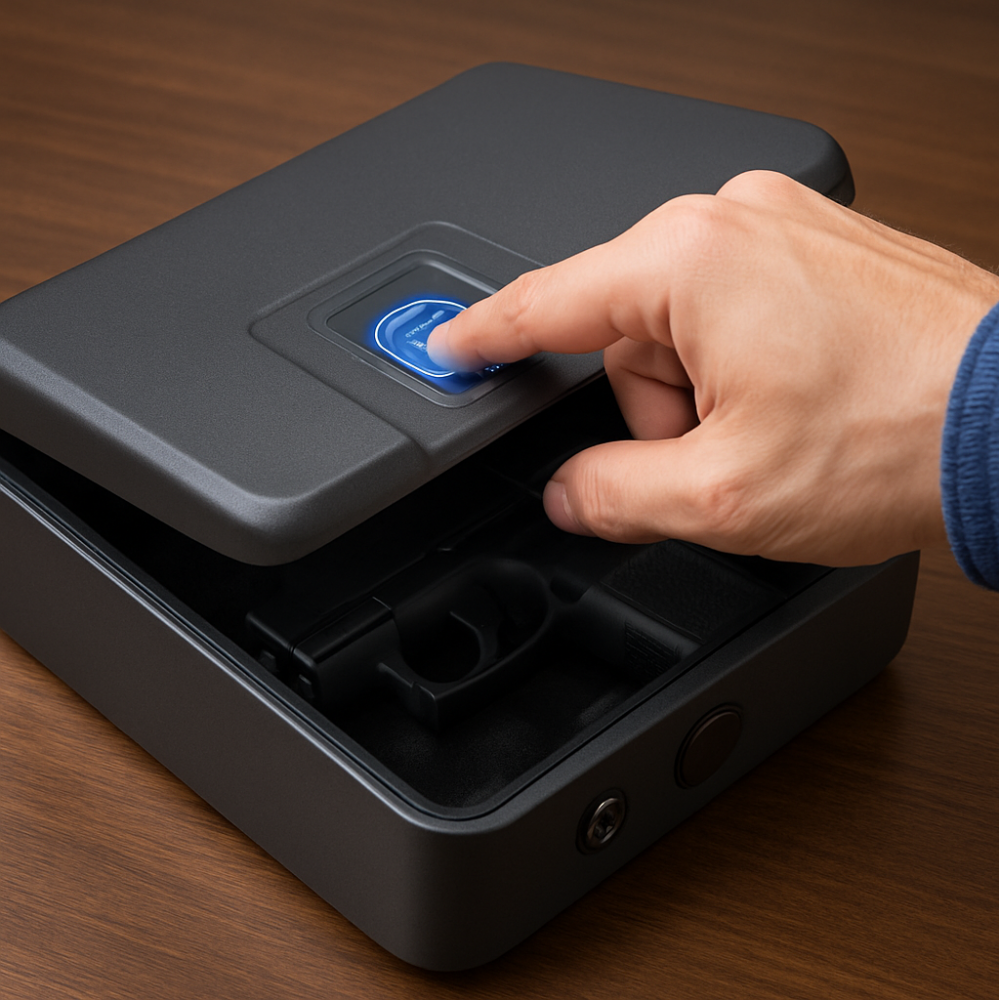
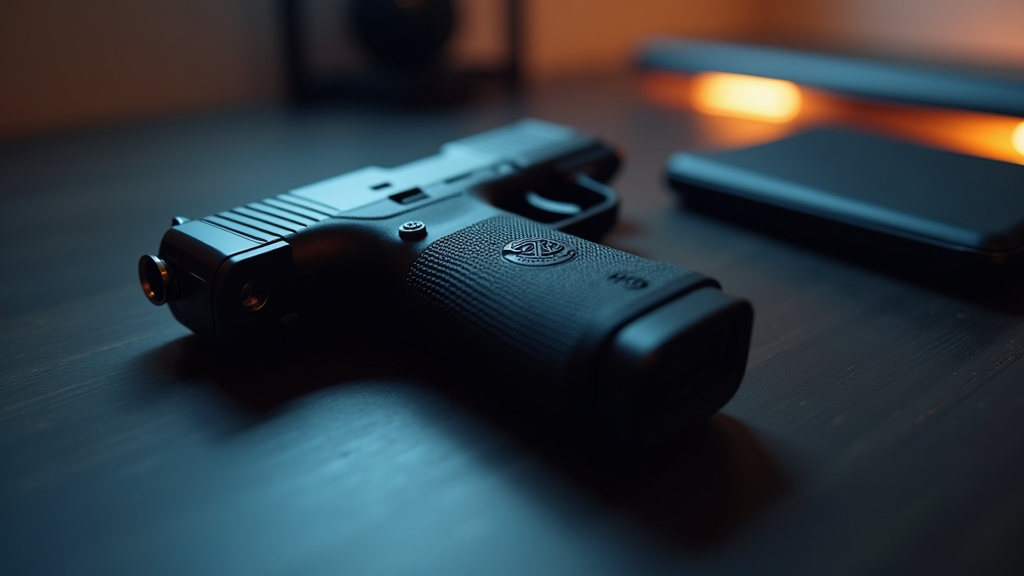
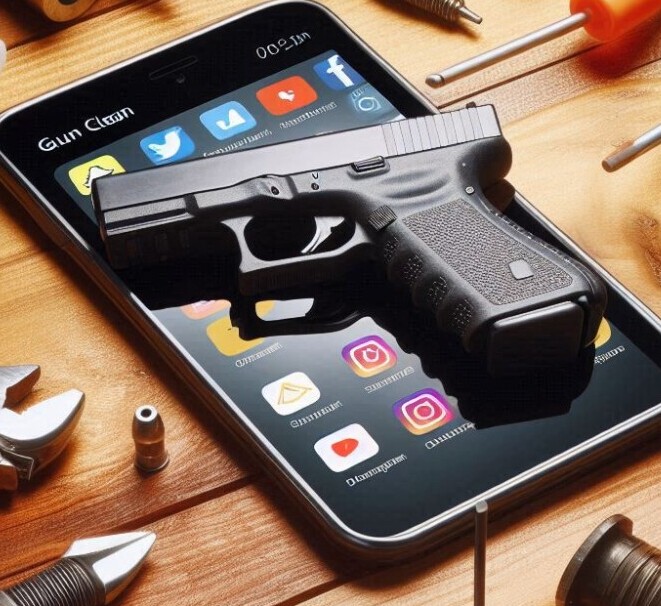
Leave a Reply